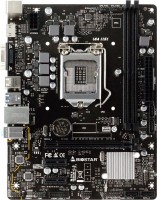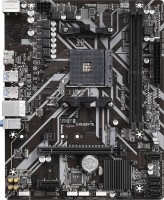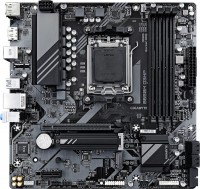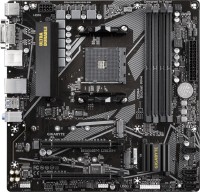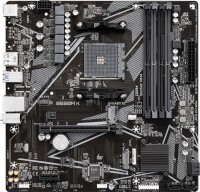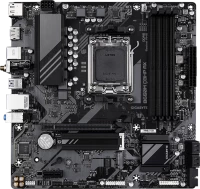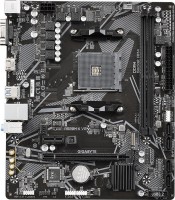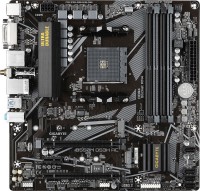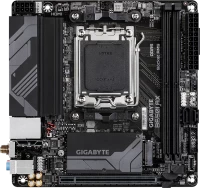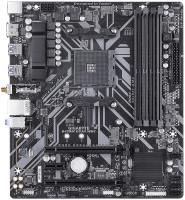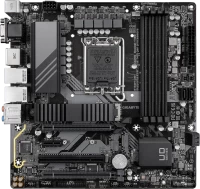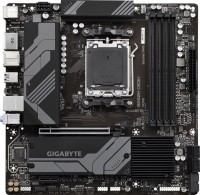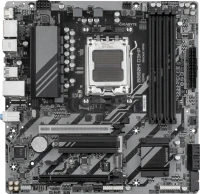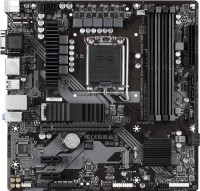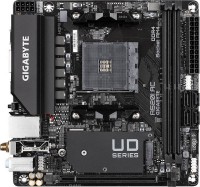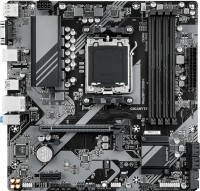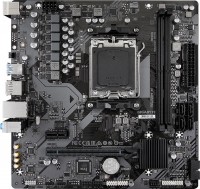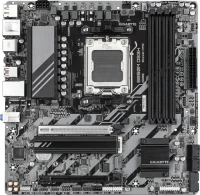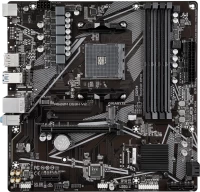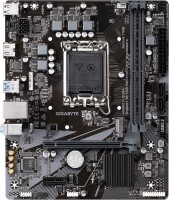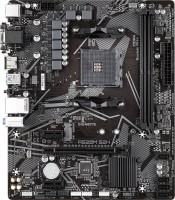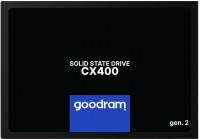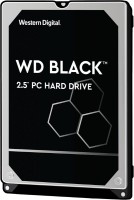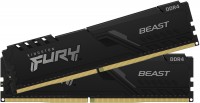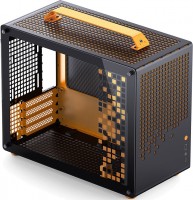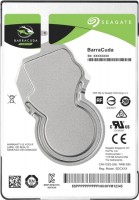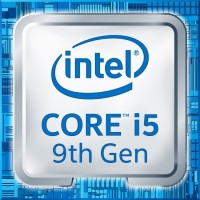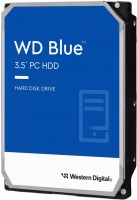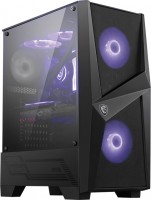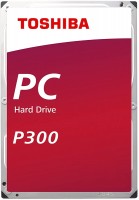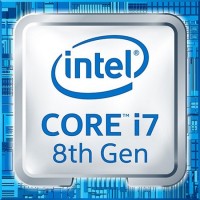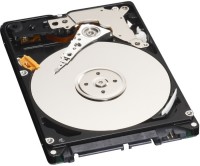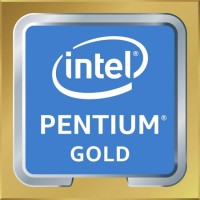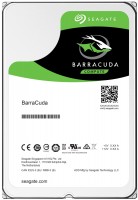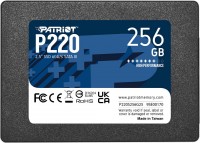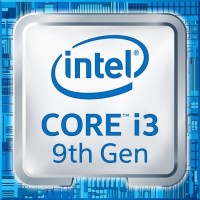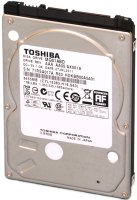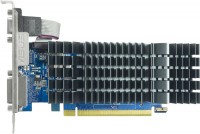Gigabyte H310M DS2 2.0 rev. 1.0
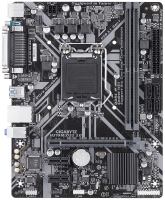 | Outdated Product £98.90 Socket: Intel LGA 1151 v2; Form factor: micro-ATX; Size (mm): 226x174; Chipset: Intel H310; DDR4 (slots): 2; Memory module: DIMM; RAM frequency (MHz): 2666; Max. memory (GB): 32; SATA 3: 4; PCI Express: 3.0; Sound (channels): 7.1; LAN: 1 Gbps; USB 2.0: 4; USB 3.2 gen1: 2; COM port; Main power socket: 24 pin |
|
| |||||||||||||||||||||||||||||||||||||||||||||||||||||||||||||||||||||||||||||||||||||||||||||||||||||||||||||||||||||||||||||||||||
Always clarify the specifications and configuration of the product with the online store manager before purchasing.
Catalog Gigabyte 2025 - new arrivals, bestsellers, and the most relevant models Gigabyte.
Limited low-cost
Gigabyte has released a whole bunch of very similar cheap motherboards based on the H310 chipset. Most of them, including the hero of this review, have the same 4-phase processor power inverters that allow you to change its voltage. Of course, this does not promise any opportunities for overclocking the processor, but it allows you to keep a more or less stable frequency in turbo boost even for CPUs of the Core i7-8700K caliber. Although, here everything will depend on the specific model, since with some six-wheelers the temperature jumps a lot. Anyway, for a $60 motherboard, the ability to work with such a powerful processor is a definite plus.
Noise control
Otherwise, the H310M DS2 2.0 is a low-cost board, so Gigabyte engineers had to cut and cut. For example, they saved on ports for connecting fans, the connectors are soldered so that it is more convenient to connect a fan mounted on the rear wall of the case. At the same time, the board can control the rotational speed and fans using the Smart Fan5 hardware and software system. The board's disk subsystem is implemented in the form of four SATA ports, which are soldered next to the 24-pin motherboard power connector. It turns out that discrete devices installed in PCI Express slots will not block them in any way. Five for the layout of the elements.
Connection for oldfags
An interesting feature of the board was the presence of LPT and COM ports for connecting some old-format or specific things, like cash registers. As for more or less modern connectors, the user can count on four USB 2.0 and two USB 3.1 Gen1. An interesting feature was the "anti-noise" sound path, which is seasoned with four audiophile Japanese capacitors and isolated from other elements of the printed circuit board. The only disappointment was the lack of an HDMI output, although if you have a discrete graphics card, this will not be a problem.



